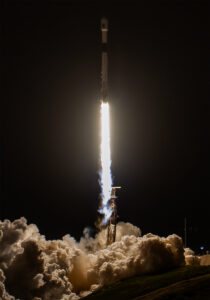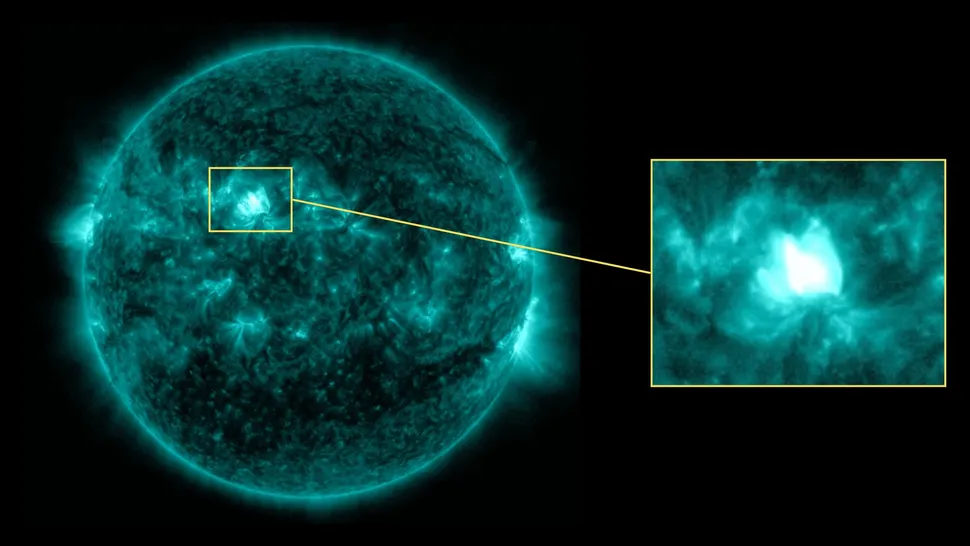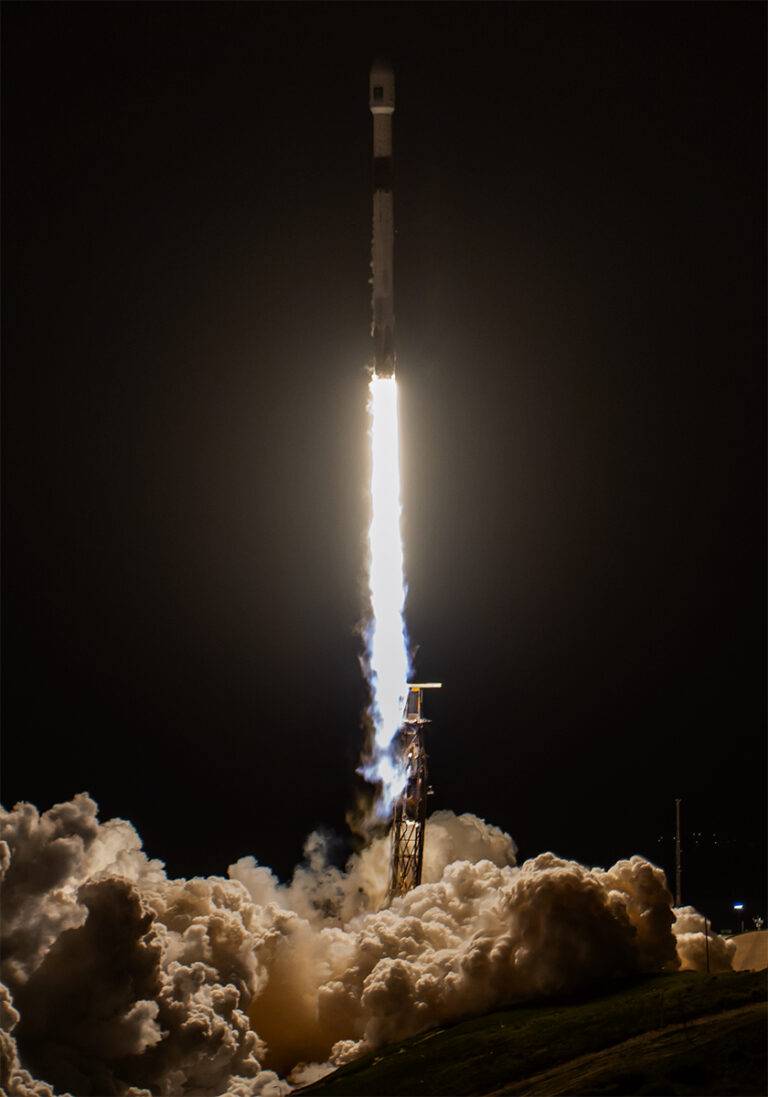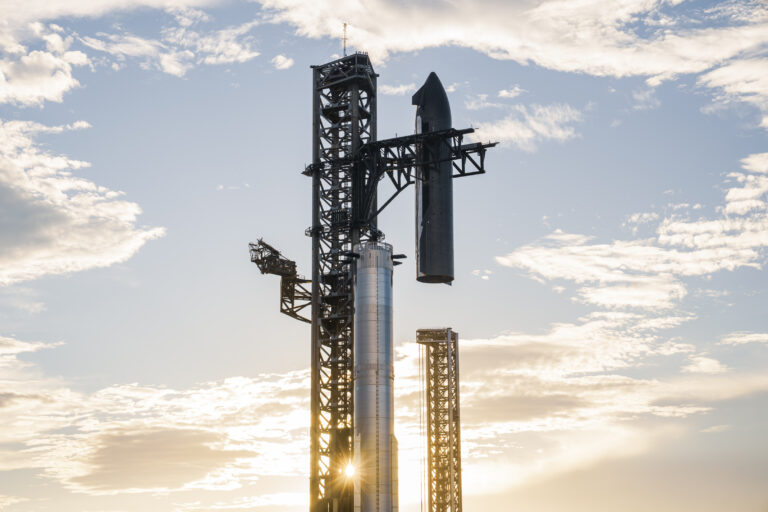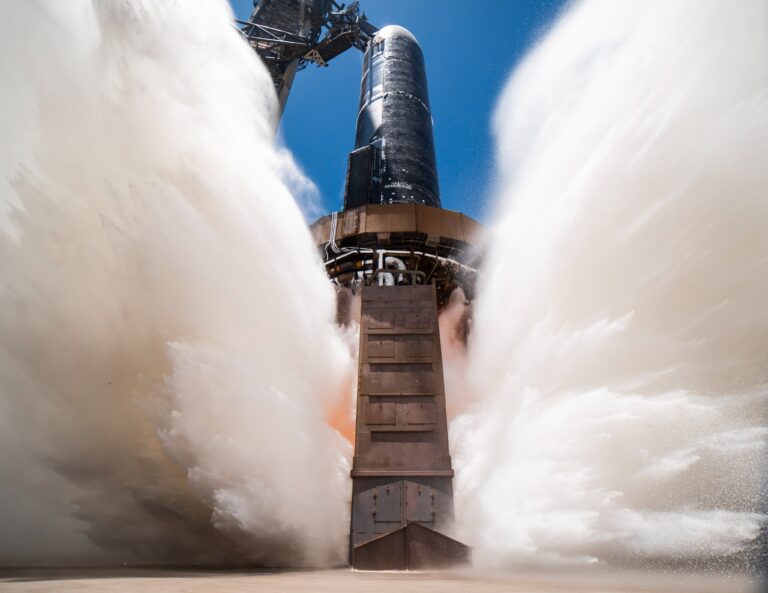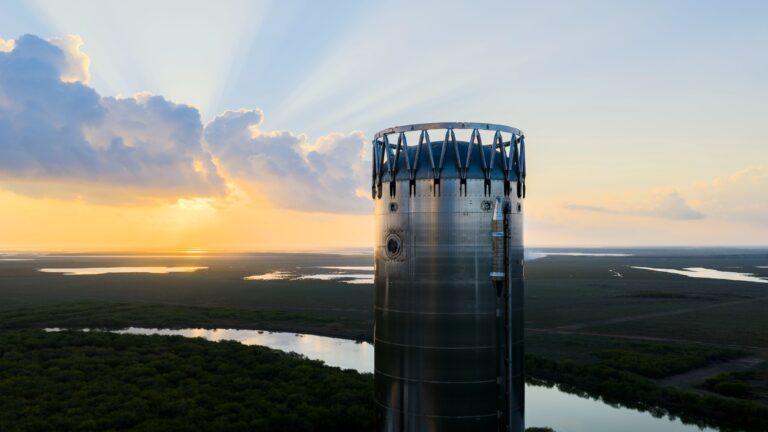June 17, 2025 – The recent M8.46-class solar flare that erupted from the Sun on June 15, 2025, highlighted the vulnerability of North America’s communication systems and infrastructure to space weather. Originating from the volatile sunspot region AR4114, this near-X-class flare caused widespread shortwave radio blackouts and raised concerns about future solar activity. As the Sun remains in its solar maximum phase, understanding the potential impacts of such events and improving preparedness is critical.
Impacts on Communications and Infrastructure
An M8.46-class solar flare, one of the most powerful in its category, releases intense X-rays and ultraviolet radiation that ionize Earth’s upper atmosphere, disrupting high-frequency (HF) radio signals below 20 MHz. The June 15 flare triggered an R3-level radio blackout, classified as “strong” by NOAA, affecting amateur radio operators, aviation, and maritime communications across the United States, Canada, and Greenland. For about an hour, signals were lost, leaving operators like one X user, who reported, “My radio went silent mid-transmission,” frustrated.
NASA Parker Solar Probe: The Fastest Human-Made Object in the Solar System
Beyond radio disruptions, solar flares can precede coronal mass ejections (CMEs), which carry solar plasma and magnetic fields toward Earth. The CME associated with the June 15 flare is expected to deliver a glancing blow on June 18, potentially causing minor G1-class geomagnetic storms. While this event is unlikely to cause major damage, stronger CMEs could induce currents in power grids, risking transformer failures and blackouts, as seen in the 1989 Quebec blackout. Satellites, critical for GPS, weather forecasting, and telecommunications, face risks from radiation damage, which could degrade navigation and internet services.
“Modern infrastructure is heavily reliant on technology that’s susceptible to space weather,” said Dr. Lisa Upton, a solar physicist at the Southwest Research Institute. “A single powerful flare can disrupt multiple systems simultaneously.”
Steps to Improve Preparedness
To mitigate the impacts of solar flares and CMEs, experts advocate a multi-pronged approach:
- Enhanced Space Weather Monitoring: Strengthening NOAA’s Space Weather Prediction Center and NASA’s satellite network can improve early warnings. Real-time data from missions like the Solar Dynamics Observatory helps track flare activity, giving operators time to adjust systems.
- Infrastructure Hardening: Power grids can be fortified with geomagnetic disturbance monitoring and transformer protections. Utilities should conduct regular stress tests, as recommended by a 2024 FEMA report, which highlighted gaps in grid resilience.
- Communication Redundancies: Developing backup systems for HF radio, such as satellite or fiber-optic networks, can maintain connectivity during blackouts. Aviation and maritime sectors should prioritize training for non-HF communication protocols.
- Public and Industry Awareness: Recent X posts show growing public interest in space weather, yet awareness remains low. Educational campaigns and drills, like FEMA’s 2025 solar storm simulation, can prepare communities and industries for disruptions.
- International Collaboration: Space weather is a global challenge. Coordinating with international agencies, such as the European Space Agency, ensures better forecasting and response strategies.
As the Sun’s activity continues, with AR4114 still capable of producing additional flares, proactive measures are essential. “We can’t stop solar flares, but we can minimize their impact,” Dr. Upton noted. By investing in monitoring, resilience, and awareness, North America can better withstand the Sun’s unpredictable outbursts.
For more on space weather preparedness, visit NOAA’s Space Weather Prediction Center at www.swpc.noaa.gov.


